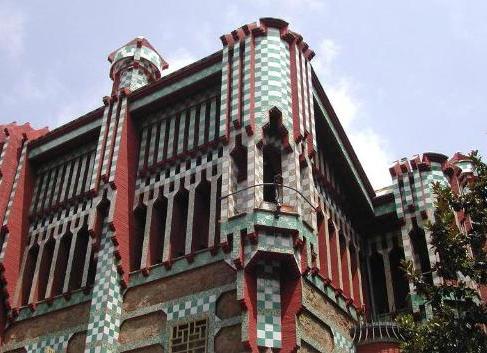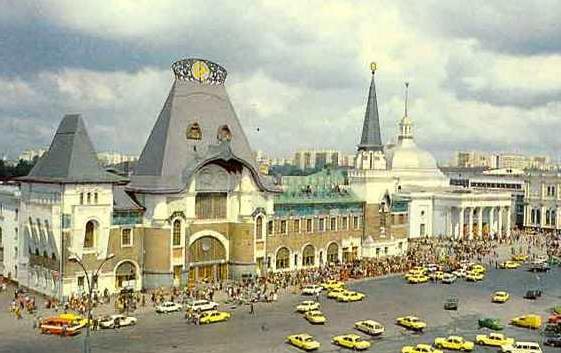At the turn of the 19th and 20th centuries, a new “modern” style was developed in Europe, affecting many aspects of society at that time. Art Nouveau in the visual arts, mostly in painting and sculpture, gave new impetus to the work of artists. Landscape Art Nouveau demanded radical changes in the breakdown of parks and gardens. The interior design in the houses has changed significantly, non-standard solutions have appeared in the design of living rooms, dining rooms and boudoirs.
For the updated interior, a completely different atmosphere was required, and thus in a short time the modernist style in furniture was formed. After Baroque and Rococo, it was not easy to find new forms for armchairs and sofas, however, the furniture makers successfully coped with this task. Art Nouveau quickly gained its place under the sun, organically fitting into the canons of previous styles and gradually crowding them out of circulation.
The new
Art Nouveau style in architecture confidently and powerfully manifested itself. The architects abandoned the excessive symmetry, as a result of which there was an emancipation of
small architectural forms, the building facades revived, the dominant contours became more diverse. In new buildings, there was no longer the same angularity. More precisely, the corners were rounded. All these innovations gave architects freedom of action, and the Art Nouveau style in architecture has become a deeply creative process.

Fully used the new opportunities in the construction of Antonio Gaudi, the famous Catalan, an unsurpassed talented architect. For him, Art Nouveau architecture was fertile ground for further development. One of the most beautiful cities in the world, Spanish Barcelona, is built up with Art Nouveau houses. In all of Gaudi’s work, there is a charm of novelty style. The bewitching magnificence of the Sagrada Familia and Park Guell leaves no one indifferent, the Casa Batlló, a building of rare beauty, leaves a deep impression, although it is an ordinary residential building. In the same row are Vicens House and Calvet House - both mansions are unique in their architectural merits. Without exception, all the buildings of Gaudi - masterpieces that reflect the architecture of modernity.
Along with the Art Nouveau style, the so-called Northern Art Nouveau appeared in architecture . At the beginning of the 20th century, there was mutual interest between the Scandinavian countries and the northern capital of Russia - St. Petersburg. At the initiative of the philanthropist S.P. Diaghilev held regular exhibitions of painting. And later an architectural society of mutual interests was formed, which laid the foundation for northern Russian modernity. The basis of the new trend were taken monumental buildings of ancient Novgorod and Pskov. It was then that ornaments were introduced, which are a characteristic feature of the modern architectural style.

The ornament became an organic addition to the Art Nouveau style in architecture. Its theme could be very different, but in any case it bore the stamp of abstraction, a kind of metaphysics. Images and patterns were repeated in strict sequence. With a fairly free architecture of the whole building, the Art Nouveau ornament introduced a note of order eclecticism into the façade outlines, an art nouveau style unusual, but in moderate doses, very useful for him.